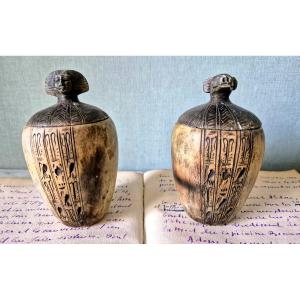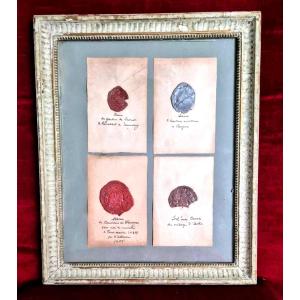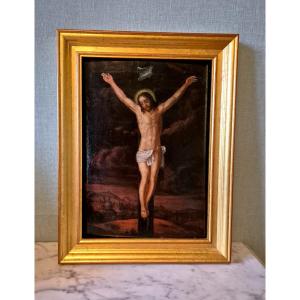This type of glass beads was produced in sufficient quantity from the 16th century to be exported to colonial Africa, serving as a currency of exchange for explorers and traders. Indeed, glass is seen in African lands as a prestigious material with sometimes unknown colors, which was willingly offered - with ulterior motives - to "welcoming" peoples.
They are evidence of remarkable craftsmanship, made for more than 4000 years (the oldest come from the Middle East, Mesopotamia). Italy became a great craftsman of glass beads, after rediscovering ancient techniques. This precious craft will be exported to European countries (France, Bohemia, Saxony, etc.) creating competition with the Italian master glassmakers of Murano. Length: approx. 24-25 mm each (presented in a 3.5 x 6 cm cardboard box).
Real little objects loaded with history, they are the vestige of a precious Italian art that can be reassembled into jewelry, or as good objects of curiosity and travel.
Bibliography:
. African trade beads (2018) - Coll. Marcia de Castro and G. Maurette, 74 p.
. History of Pearls from Prehistory to the Present Day (1988) - Lois Sherr Dubin. Nathan Image.

































 Le Magazine de PROANTIC
Le Magazine de PROANTIC TRÉSORS Magazine
TRÉSORS Magazine Rivista Artiquariato
Rivista Artiquariato